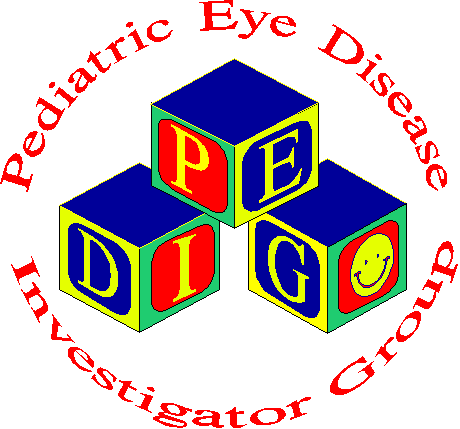This week, I've had the opportunity to attend the annual meeting of the Pediatric Eye Disease Investigator Group (PEDIG) in Tampa, Florida. PEDIG, founded in 1997 and funded by the National Eye Institute/National Institutes of Health, is a collaborative network dedicated to supporting research in amblyopia, strabismus, and other childhood eye disorders.
As part of my practice at the Spokane Eye Clinic, my partner Dr. Colburn and I are honored to participate in several PEDIG research studies. This research allows us to help define and develop new and cutting-edge treatments for children with eye problems.
Prior PEDIG research has helped us learn these important findings, among many others:
- Infantile esotropia: Constant, large esotropia (eye crossing) in infants is exceedingly unlikely to go away on its own, and very likely to require corrective surgery.
- Treatment of amblyopia: For moderate amblyopia, with vision in the 20/40 to 20/100 range, part time patching and atropine eye drops are equally effective treatments.
- Nasolacrimal duct obstruction: For infants between 6 and 10 months old who have tear duct obstruction, there is a 66% chance the symptoms resolve without surgery over the next 6 months.
To see the complete list of over 100 PEDIG research articles published in peer-reviewed scientific journals, click here.
Although I can't discuss the actual research data I've seen at this meeting -- stay tuned, as it will be published in scientific journals in the near future! -- I can say that there are a number of exciting potential advances in treatment of retinopathy of prematurity, amblyopia ("lazy eye"), and strabismus (eye misalignment).
One wonderful thing about PEDIG is that it allows eye doctors in private practice, like myself, to participate in nationwide research studies along with physicians in university settings. I am grateful for the chance to help both current patients and future generations by learning more about childhood eye disease and how best to treat it. I've enjoyed the chance to reconnect with old colleagues and make friends with a lot of highly intelligent, motivated people, all of whom want the same thing I do: to figure out how best to take care of our little patients and their eyes.





